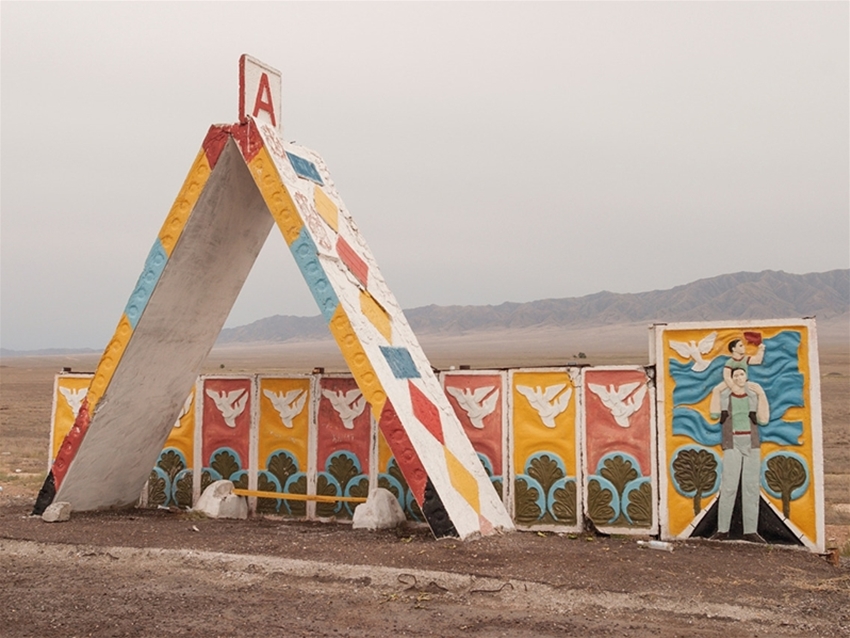Discussions
Soviet Bus stops – relicts of the past or unexpected treasures of modern art?
KATARZYNA GUT
Photographer Christopher Herwig has covered more than 30,000km by car, bike, bus and taxi in 13 former Soviet countries discovering the world of Soviet Buses. His impressive journey resulted in 2 volumes of high-quality photographs. Because of the widespread lack of any mode of private transport, most Soviet citizens travelled via public transport. The country's rapid transit system was the most extensively used in the world. Consequently, buses or stations were built all around the country connecting even remote villages. Many of them were embedded in local folklore or architecture, e.g. Kazakh and Kyrgyz designs draw on traditions of horsemanship and falconry, Ukrainian shelters display vivid, local mosaics. Take a trip to the world of Soviet Bus Stops enjoy the creative designs of the time and let us know what do you think in the comment section.
Comments
There are some awesome bus stop designs around the world, which challenge us to think outside the box. User experience should always be first amnd what the needs of the passengers, or those who have to wait at the bus stop some times for hours without any infmration about the services.
What can bus stops evolve into? How can they have a ricjer aesthtic and play a more central part in peoples lives.
Do they become consolidation centres for ferigh delivery, information centres, or multimodal transport centres.
They also represent one of the most hated places in the transport system, as their current designs may offer no protection from the environment, and they are dangerous places for peopel to wait especially if they are poorly maintained and unlit.


3 years ago